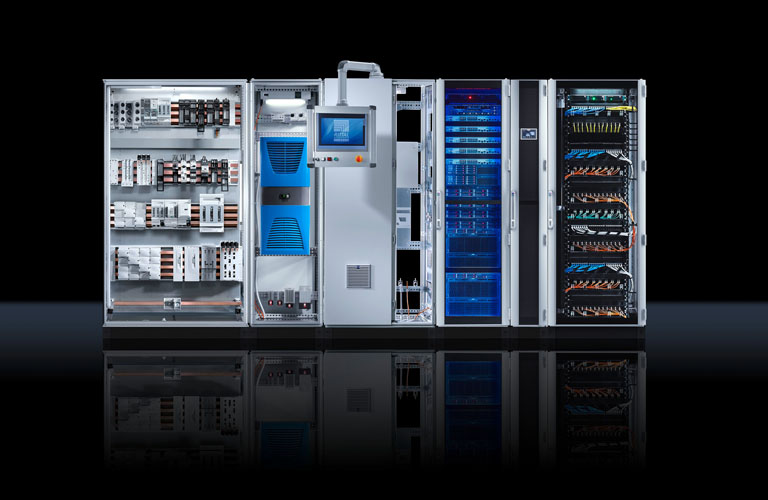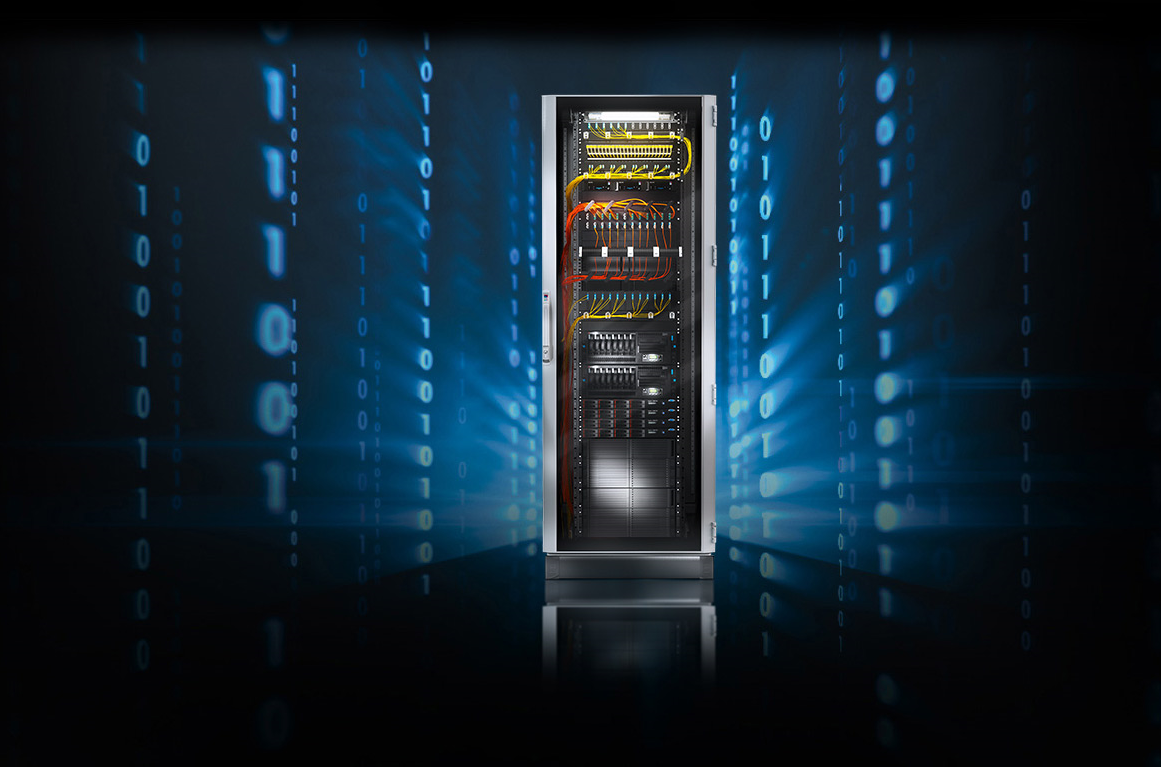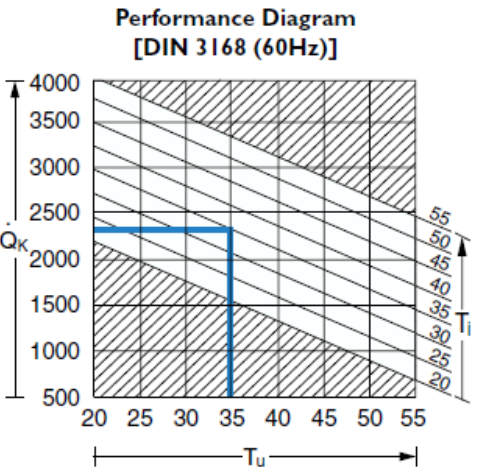Products marketed in world markets must document that they comply with government directives. That’s important to a global organization like Rittal, and explains why its products carry the CE label (European Communities = Communautés Européennes), documenting a product's compliance with the respective EU Directives.
Rittal’s Enclosure Products Carry Passports to World Markets
[fa icon="calendar'] Sep 18, 2015 2:00:00 PM / by Rittal North America LLC posted in Industrial Automation
Enclosure/RF Shielding Information
[fa icon="calendar'] Sep 15, 2015 1:00:00 PM / by Rittal North America LLC posted in Industrial Automation
The requirement profile for EMC enclosures can be determined using the following check-list.
-
What interference occurs in this application? (electrical, magnetic or electromagnetic field)
-
What are the limits of interference which may occur in the application? (field strengths, frequency range)
-
Can the requirements be met by a standard enclosure or an RF shielded enclosure? (comparison with attenuation diagrams)
Influence Mechanisms and Counter-Measures Within Enclosures
[fa icon="calendar'] Sep 11, 2015 10:00:00 AM / by Rittal North America LLC posted in Industrial Automation
A distinction may be made between the following types of coupling influence:
-
Conducted influence
-
Field-bound influence – Field influence
-
Radiation influence.
Electromagnetic Compatibility and Why is it Important for Enclosures
[fa icon="calendar'] Sep 8, 2015 3:00:00 PM / by Rittal North America LLC posted in Industrial Automation
Electromagnetic compatibility (EMC) is the ability of an electrical appliance to operate satisfactorily in its electromagnetic environment without adversely affecting this environment—which may also contain other equipment. High packaging densities in electronic assemblies and ever-increasing signal processing speeds often cause faults in complex electronic equipment, measurement and control systems, data processing and transmission systems and communications technology. These are attributable to electromagnetic influences.
The 5 Steps for Safe Switchgear Installation within Enclosures
[fa icon="calendar'] Sep 4, 2015 10:00:00 AM / by Rittal North America LLC posted in Industrial Automation
When planning switchgear installations, it is wise to consider the protection of the installers as much as what’s installed. This protection requires tested and standardized structures and wise energy distribution.
What’s the Weather Like in Your Electronics Enclosure?
[fa icon="calendar'] Sep 1, 2015 1:00:00 PM / by Rittal North America LLC posted in Data Center Solutions, Industrial Automation
Climate control inside your electronics enclosures is key to the survivability of the electronics residing there. Temperature rise in enclosures can be caused by contact problems with live conductors or incorrect dimensioning of switchgear and conductors. Also, when operating a low-voltage switchgear assembly, short-circuit losses occur, leading to a temperature rise in the enclosure’s internal air and, connected with this, inferior heat dissipation via the surface of the installed components and assemblies. This can lead to component damage.
Why Standards Are Important to an Enclosure’s Value
[fa icon="calendar'] Aug 27, 2015 1:00:52 PM / by Rittal North America LLC posted in Industrial Automation
Many people associate product standards with safety, but standardization also has a lot to do with a product’s cost. Rittal created a market breakthrough with the idea of standardizing enclosures for electrical devices. By using models with set dimensions, produced cost-effectively in large batches, Rittal is able to offer price and delivery benefits.
Thermal Management and Rittal TopTherm Units
[fa icon="calendar'] Jul 24, 2015 2:02:00 PM / by Rittal North America LLC posted in Industrial Automation
As much as people enjoy warm weather, too much heat can cause our bodies’ systems to decrease our energy outpoint, reducing productivity. Heat is also often an enemy of electrical devices, reducing their efficiency over the long term. In fact, 57 percent of all component failures are due to heat-related issues. Air conditioning offers the fastest way to reduce the high temperatures, humidity, and dust that can lead to electrical equipment failures down the line. Learning how to read an air conditioner performance diagram is your first step toward making smart choices when buying enclosure climate control systems.
Cooling with Filter Fans for Electronic Enclosures
[fa icon="calendar'] Jul 23, 2015 2:01:00 PM / by Rittal North America LLC posted in Data Center Solutions, Industrial Automation
People don’t want to live in dirty environments and neither do electronics. Electronic controls and instrumentation are highly sensitive to factors like dust, oil, high humidity, and excessive heat. Maintaining tight control over temperatures inside an electronics enclosure is essential for protecting these devices. System designers can choose from a variety of cooling options, including natural convection, fans, air-to-air heat exchangers, air-to-water heat exchangers, and air conditioners. Each of these technologies offers its own unique style, advantages, and customization options.
Parlez-Vous “Climate Control ”?
[fa icon="calendar'] Apr 27, 2015 11:10:40 AM / by Rittal North America LLC posted in Industrial Automation
Parlez-Vous “Climate Control ”?
Like just about any other category of industrial operating equipment, there’s a unique vocabulary associated with climate control, cabinet ventilation, and enclosure cooling and heating. Learning to speak that language fluently can help you communicate effectively with system designers and contractors, and prevent time-wasting confusion. Here are some of the most commonly used terms you need to know:










